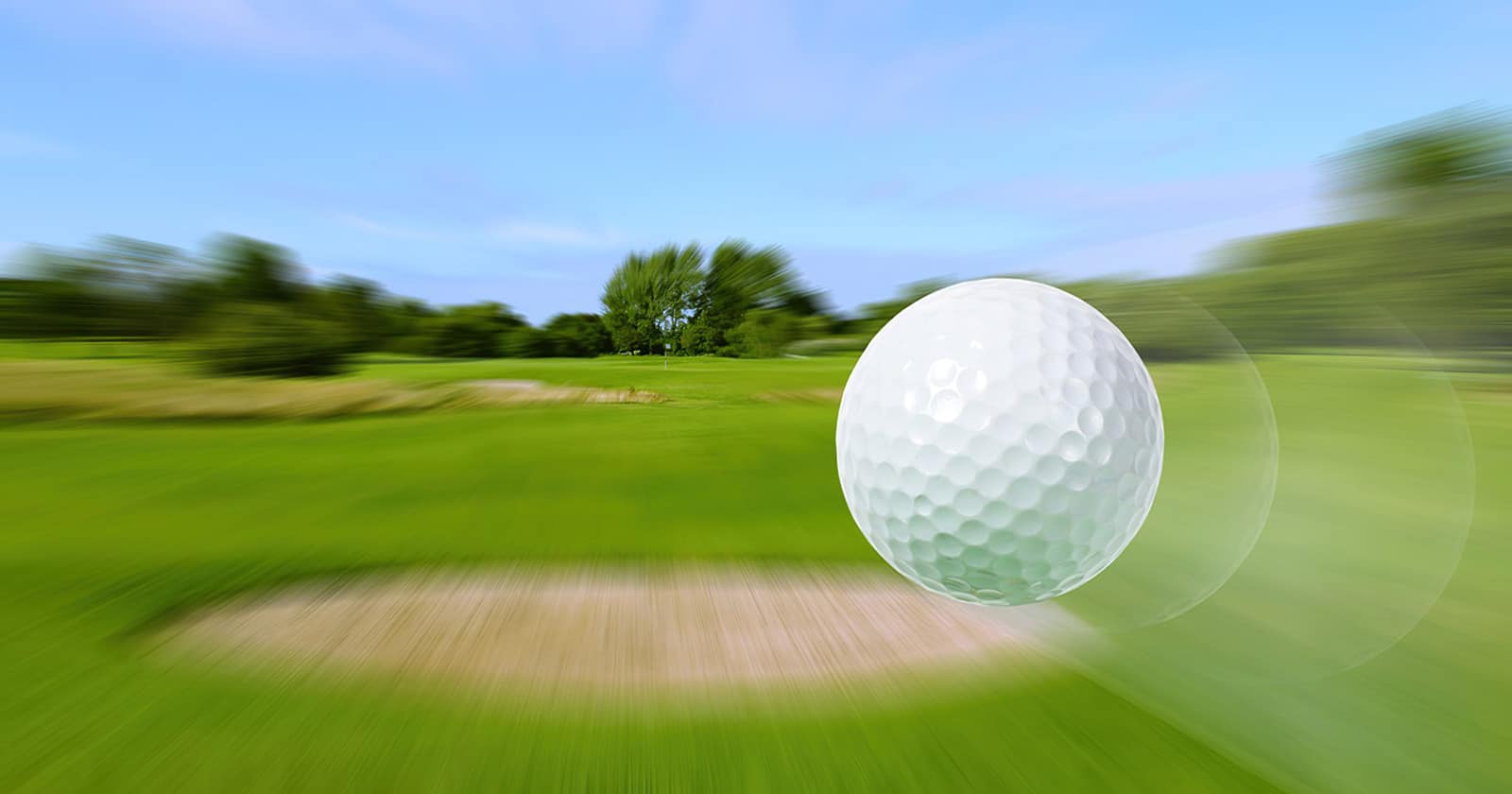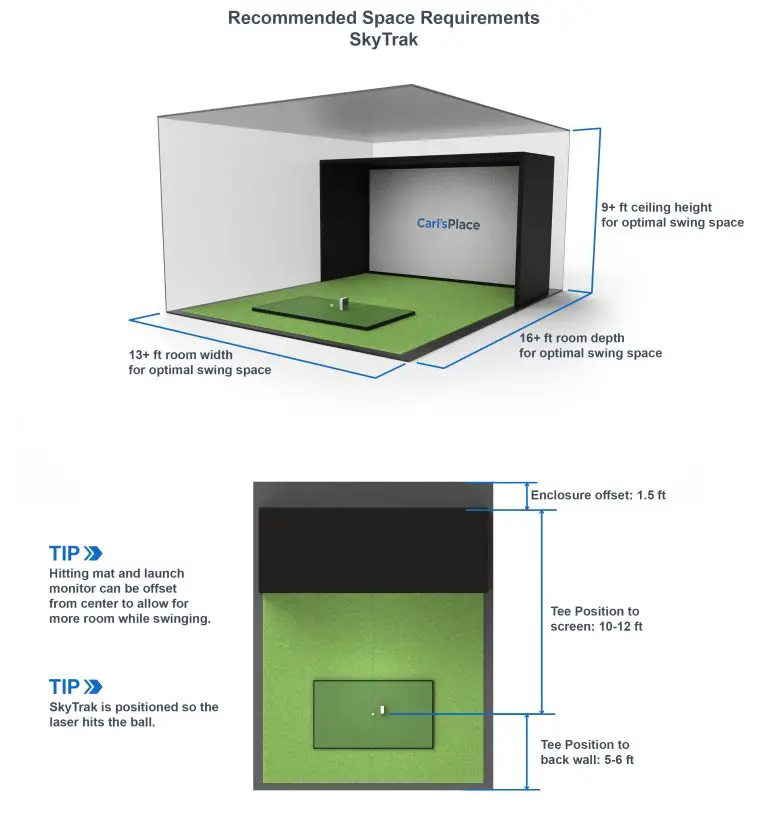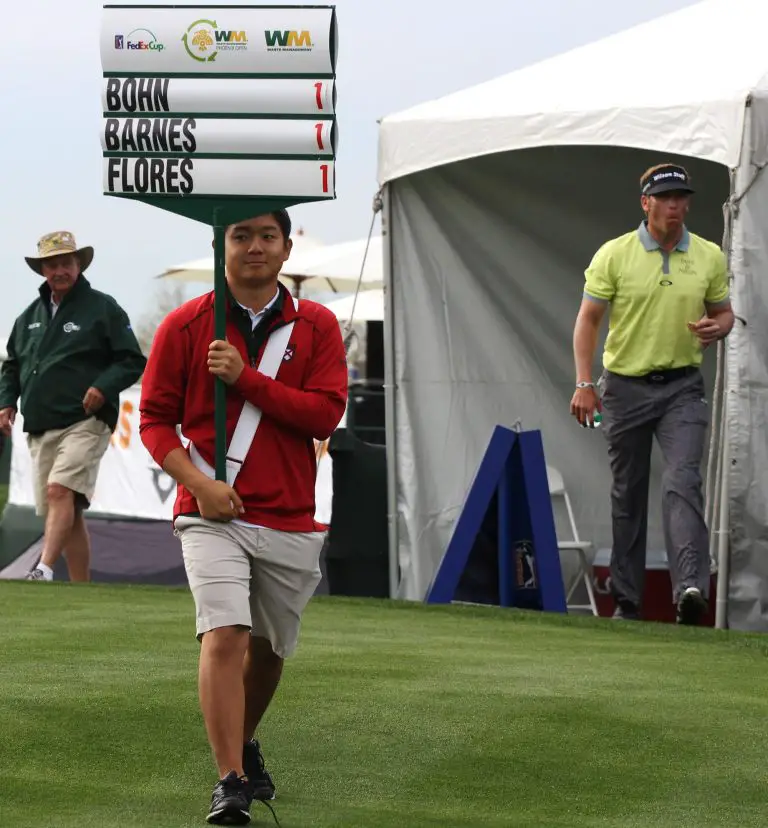How Fast Does A Golf Ball Travel

Golf is a game of precision, strategy, and skill, where every aspect of the game can make a difference. One crucial factor that greatly influences the game is the speed at which a golf ball travels. Understanding how fast a golf ball can travel is not only fascinating but also essential for golfers seeking to improve their performance on the course.
In this article, we will delve into the intricacies of a golf ball’s speed, exploring the various factors that determine how fast it can travel from the moment it leaves the clubface. From the initial velocity imparted by the golfer’s swing to the construction of the ball itself, each element plays a role in determining the speed and distance the ball can achieve.
We will uncover the relationship between ball speed and distance, explaining how increasing ball speed can lead to longer drives and improved overall performance. Furthermore, we will explore the factors that influence ball speed, including clubhead speed, impact conditions, and environmental factors.
Whether you are a professional golfer looking to gain an edge or an amateur golfer seeking to enhance your game, understanding the speed of a golf ball is a key element in optimizing your shots. So, let’s embark on this journey to unravel the mysteries of how fast a golf ball can truly travel and discover how you can harness its power to elevate your golfing experience.

What Determines the Speed of a Golf Ball?
The speed of a golf ball is influenced by several key factors, which we will discuss in detail in this section.
Initial Velocity
The initial velocity of a golf ball, which is the speed at which the ball is struck, has a significant impact on its overall speed. Several factors contribute to the initial velocity, including clubhead speed, clubface angle, and impact location.
When a golfer swings the club with higher clubhead speed, the golf ball receives a greater initial velocity upon impact. Additionally, the clubface angle and the precise location of the impact on the clubface can affect the initial velocity, with an ideal strike resulting in a more powerful shot.
Ball Construction
The construction of a golf ball also plays a vital role in determining its speed. The materials used in the ball’s core and cover, as well as the design of its dimples, contribute to its overall performance.
Golf balls are typically constructed with a solid or multi-layered core, surrounded by a cover made of materials such as urethane or ionomer. The core’s compression, along with the thickness and elasticity of the cover, affects the ball’s speed. Furthermore, the dimple pattern on the ball’s surface reduces drag and enhances lift, allowing the ball to travel faster through the air.
Understanding Ball Speed and Distance
The speed of a golf ball directly correlates with the distance it can travel. Let’s explore the relationship between ball speed and distance and how it is measured.
Relationship between Ball Speed and Distance
The speed of a golf ball has a direct impact on the distance it can cover. The higher the ball speed, the farther it can travel. This relationship is commonly referred to as the “smash factor.”
The smash factor is the ratio of ball speed to clubhead speed. A higher smash factor indicates that more energy is efficiently transferred from the clubhead to the ball, resulting in greater distance. Understanding and optimizing the smash factor is crucial for maximizing the distance of shots.
Ball Speed Measurement
Ball speed is measured using advanced technologies such as launch monitors and radar systems. These devices provide accurate readings of the speed at which the ball leaves the clubface.
Launch monitors utilize high-speed cameras or Doppler radar to track the ball’s trajectory and calculate its speed. This technology enables golfers and club fitters to assess their performance, identify areas of improvement, and make data-driven decisions.
The typical range of ball speeds achieved varies based on individual skill levels and swing mechanics. Professional golfers tend to generate higher ball speeds compared to amateur players due to their advanced technique and physical conditioning.
Factors Affecting Ball Speed
Several factors impact the speed of a golf ball. Let’s delve into these factors and understand how they influence the ball’s velocity.
Clubhead Speed
Clubhead speed is one of the primary factors affecting ball speed. The faster the clubhead travels during the swing, the greater the initial velocity imparted to the ball.
To increase clubhead speed, golfers can focus on developing proper swing mechanics, incorporating exercises that enhance strength and flexibility, and seeking professional guidance. Improving clubhead speed can result in higher ball speeds and improved performance on the course.
Impact Conditions
The conditions at the moment of impact between the clubface and the golf ball greatly influence the ball speed. Striking the ball with the sweet spot, which is the center of the clubface, maximizes the transfer of energy and leads to higher ball speeds.
When the ball is hit off-center, the energy transfer is less efficient, resulting in reduced ball speed. Golfers can improve their impact conditions by practicing proper alignment, maintaining a consistent swing path, and focusing on centering their strikes.
Environmental Factors
Environmental conditions also play a role in the speed of a golf ball. Factors such as temperature, altitude, and wind can affect the ball’s flight and overall speed.
Temperature: Warmer temperatures tend to increase the compression of the golf ball, leading to higher ball speeds. Conversely, colder temperatures can cause the ball to compress less, resulting in lower speeds.
Altitude: Higher altitudes have lower air density, allowing the ball to travel with less resistance. As a result, golf balls tend to fly farther at higher altitudes due to reduced drag.
Wind: The presence and direction of wind can either assist or hinder the ball’s speed and distance. A tailwind can boost ball speed, while a headwind can create resistance and reduce speed. Golfers must consider and adjust for wind conditions during their shots.
Understanding and adapting to these environmental factors can help golfers make informed decisions regarding club selection, shot trajectory, and overall strategy on the course.
Maximum Ball Speed Achieved
In professional golf and exceptional circumstances, golfers have achieved remarkable ball speeds that push the limits of the game. Let’s explore some notable examples of maximum ball speeds recorded.
PGA Tour Ball Speeds
On the PGA Tour, professional golfers consistently generate impressive ball speeds. The average ball speed for elite players ranges from around 160 to 170 miles per hour (257 to 274 kilometers per hour). However, there have been exceptional cases where ball speeds have exceeded these averages.
Players like Bryson DeChambeau and Rory McIlroy have been known to achieve ball speeds well above 180 miles per hour (290 kilometers per hour) in certain situations. These speeds are a testament to their exceptional athleticism, technique, and equipment advancements.
The advancements in technology, club design, and custom fitting have contributed to the ability of professional golfers to reach unprecedented ball speeds, enhancing the overall excitement and competitiveness of the game.
Longest Recorded Drives
In addition to professional golfers, there have been extraordinary moments where golfers have hit drives that have traveled exceptional distances. These remarkable shots demonstrate the true power and speed potential of the golf ball.
One notable example is the “Long Drive” competitions, where participants focus on hitting the ball as far as possible. The current record for the longest drive in a competition stands at over 500 yards (457 meters), showcasing the extraordinary capabilities of both the golfer and the ball.
These exceptional drives inspire golfers and enthusiasts alike, serving as a reminder of the incredible speed and distance that can be achieved with the right combination of skill, technique, and favorable conditions.
Ball Speed and Amateur Golfers
While professional golfers often achieve impressive ball speeds, it’s essential to understand the average ball speeds achieved by amateur golfers and how they can work to improve their game.
Typical Ball Speeds for Amateur Golfers
Amateur golfers, who may not have the same level of training or physical abilities as professionals, generally achieve lower ball speeds. The average ball speed for amateur golfers typically ranges from 120 to 140 miles per hour (193 to 225 kilometers per hour).
It’s important for amateur golfers not to compare themselves directly to professional standards but rather focus on improving their own ball speed relative to their abilities and goals. By understanding the factors that affect ball speed and employing effective techniques, amateur golfers can enhance their performance and maximize their distance potential.
Tips for Increasing Ball Speed
Amateur golfers can work on improving their ball speed through various methods and techniques. Here are some practical tips to consider:
- Develop Proper Technique: Seek professional instruction to ensure that you have a sound and efficient golf swing. Proper technique maximizes energy transfer from the club to the ball, resulting in increased ball speed.
- Physical Conditioning: Engage in exercises and training programs that enhance your strength, flexibility, and overall fitness. A stronger and more athletic body can generate higher clubhead speeds, leading to increased ball speed.
- Equipment Fitting: Get fitted for golf clubs that suit your swing characteristics and optimize ball speed. Factors such as shaft flex, clubhead design, and grip size can significantly impact the efficiency of energy transfer and ultimately ball speed.
- Centered Strikes: Focus on consistently hitting the sweet spot of the clubface. Practice alignment, swing path, and maintaining a stable base to improve your ability to strike the ball in the center. This maximizes energy transfer and promotes higher ball speeds.
- Efficient Swing Tempo: Develop a smooth and well-paced swing tempo. Rushing or decelerating during the swing can lead to inconsistent strikes and reduced ball speed. Find a rhythm that allows for maximum energy transfer throughout the swing.
- Optimize Launch Conditions: Work on achieving an optimal launch angle and spin rate combination. This can be accomplished through adjustments in tee height, ball position, and club selection. Optimizing launch conditions can maximize ball speed and distance.
Remember, increasing ball speed is a gradual process that requires consistent practice, dedication, and attention to detail. By focusing on these tips and continuously refining your technique, you can improve your ball speed and overall performance on the golf course.
Conclusion
The speed at which a golf ball travels is a critical aspect of the game. Understanding the factors that influence ball speed, such as initial velocity, ball construction, and impact conditions, allows golfers to optimize their performance. Environmental factors and advancements in technology also contribute to achieving maximum ball speeds.
While professional golfers consistently generate impressive ball speeds, amateur golfers should focus on improving their own ball speed relative to their abilities. By implementing proper technique, physical conditioning, equipment fitting, and optimizing launch conditions, amateur golfers can increase their ball speed and maximize their distance potential.
So, the next time you tee up, remember that the speed of your golf ball can greatly impact your game. Embrace the challenge of increasing your ball speed and enjoy the rewarding feeling of watching your shots soar down the fairway with greater distance and precision.





